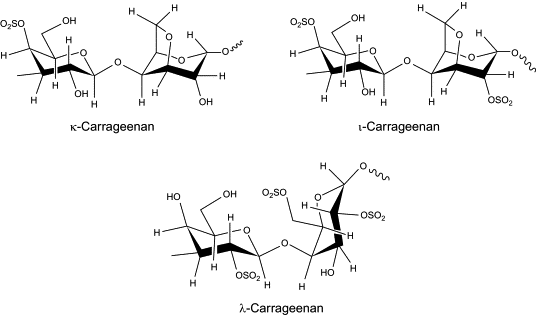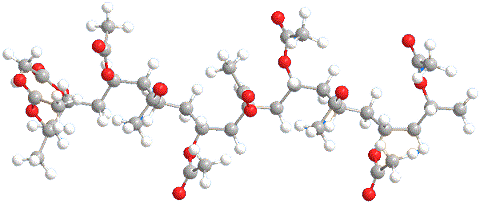Spearmint oil: Chemical Properties, Uses
Oct 14,2019
Spearmint oils are obtained by steam distillation of the flowering herbs of Mentha spicata L. ssp. spicata (native spearmint; in China and India also from other varieties) andMentha x gracilis Sole (syn.Mentha cardiaca Ger., Scotch spearmint). They are colorless to yellow-green liquids with a fresh, caraway, minty odor.
The main producer of spearmint oil is the United States, primarily the state of Washington. Smaller amounts are also produced in some Midwest states and Canada.
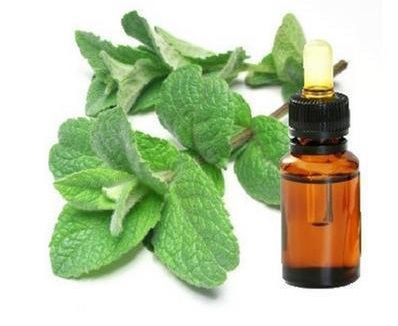
Total annual North American production is ~1200 t, 30–50% being of the native type and 50–70% of the Scotch type. Other cultivation areas for spearmint oils exist in China and India (together ~800 t), where oils of a native type are produced with very similar compositions to the US oils. Oils with a higher carvone content are obtained by redistillation.
Spearmint oil is mainly used as spices in the manufacture of candies, beverages, toothpastes and medicines, and also as a wind-dispelling and aromatic stimulant. Its leaves, twigs or whole herb are used as medicine to treat colds, fever, cough, flatulence, bruises, swelling and pain of eye, toe swelling, typhoid cold, numbness of whole body and pediatricsores and furuncles.
Pharmacological studies have shown that spearmint has anti-human pathogenic fungus activity and anti-inflammatory activity. It is used in the treatment of inflammation such as bone degeneration, arthritis, bursitis, sinusitis, etc. It has also been reported that it has antiviral activity. At home and abroad, there were more in-depth studies of the chemical components and pharmacology of the mints, among which the research on mint and peppermint is more reported, but few studies on spearmint, and its ingredient of overseas spearmint volatile oil has been reported. In china, more studies have been carried on mint compared with spearmint.
References
Agency for Toxic Substances and Disease Registry. 1994. Toxicological profile for acetone. Atlanta, GA: U.S. Department of Health and Human Services, Public Health Service.
Material Safety Data Sheet. 2004. Acetone, environmental health and safety. MSDS number A0446, Mallinnckrodt Baker, Inc., New Jersey (updated 2007).
U.S. Environmental Protection Agency. 2001. Toxicological review of acetone. Washington, D.C.: U.S. EPA.
Agency for Toxic Substances and Disease Registry. 1990. Toxicological profile for acrolein.
Atlanta, GA: Public Health Service, U.S. Department of Health and Human Services.
- Related articles
- Related Qustion
Carrageenans are widely used in the food industry, daily-used chemical industry, biochemistry, medical research.....
Oct 14,2019Food AdditivesPoly(vinyl acetate) is used as a gum chew and does not enter the human body and is non-toxic. It cannot be absorbed by the body as it is a polymer substance that is insoluble in water and oil.....
Oct 14,2019Food AdditivesSpearmint oil
8008-79-5You may like
- Spearmint oil
-

- $0.00 / 1KG
- 2025-08-25
- CAS:8008-79-5
- Min. Order: 1KG
- Purity: 99.0%
- Supply Ability: 1000KG/month
- Spearmint oil
-
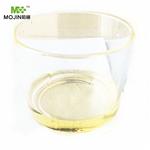
- $0.00 / 25KG
- 2025-08-08
- CAS:8008-79-5
- Min. Order: 1KG
- Purity: 99%
- Supply Ability: 50000KG/month
- Spearmint oil
-
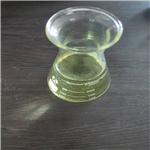
- $0.00 / 1KG
- 2025-06-27
- CAS:8008-79-5
- Min. Order: 1KG
- Purity: 99%
- Supply Ability: 500000kg




